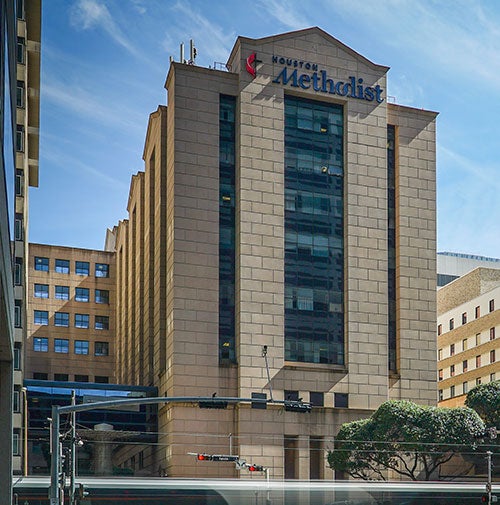Texas A&M University will educate future docs to think like engineers

Texas A&M University's new EnMed program will reside within Houston Methodist Hospital.
Texas A&M University is looking to create a new kind of doctor with the opening of its Engineering Medicine School (EnMed) at Houston Methodist Hospital in fall 2017. The new school combines medicine and engineering into an integrated program, and those graduating from the school will earn an M.D. and either an M.S. or Ph.D in engineering or computer science.
M. Katherine Banks, vice chancellor and dean of engineering, explains that the school seeks to provide a holistic program that can help to advance the mission of health care.
"This is a paradigm shift," Banks says. "The major health care challenges of the future will not only depend on bioengineering, but also require mechanical, chemical, electrical and computer engineers. There are other programs that link medicine with bioengineering, but this is different. All students in EnMed will be expected to invent something transformational before they graduate. These innovators, or 'physicianeers,' will radically change the way health care is delivered."
Pending approval from the Texas Higher Education Coordinating Board, the school will begin with 50 students and 25 faculty members, operating in a 75,000-square-foot instructional and research space located at the Texas Medical Center. Banks says that “from the first day, students will study medicine through the lens of an engineer.”
In addition to a hands-on approach to medical education, EnMed will integrate innovation and entrepreneurship by providing a maker space where students can practice what they’ve learned in the classroom to develop new technologies. The school hopes that many of those technologies will go on to find a home in health care’s marketplace.
"The presence of a hands-on innovation center combined with an office of technology commercialization is another example of how Texas A&M is creating dynamic solutions to the great global challenges we face in health care today," says Michael K. Young, president. "This interdisciplinary learning environment would lead to research and discoveries that would impact the state, nation and the world but, most importantly, would create new transformational educational opportunities for our students."




